Should You Spay or Neuter Your Dog?
Neutering a male dog or spaying a female—to prevent them from having litters of puppies—is a common procedure that brings many benefits to your pet (and you as their owner). But there are also some factors you need to be aware of before making the decision to move forward.
Article

What is Spaying and Neutering?
If your dog is male, the correct term for the procedure is ‘neutering’. For your female puppy, the word ‘spaying’ is used, although ‘neutering’ is sometimes used for female dogs too.
In male dogs, the procedure usually means the testicles are removed, while for female dogs spaying involves the removal of the ovaries, and sometimes also the fallopian tubes and uterus, putting a stop to their heat cycles.
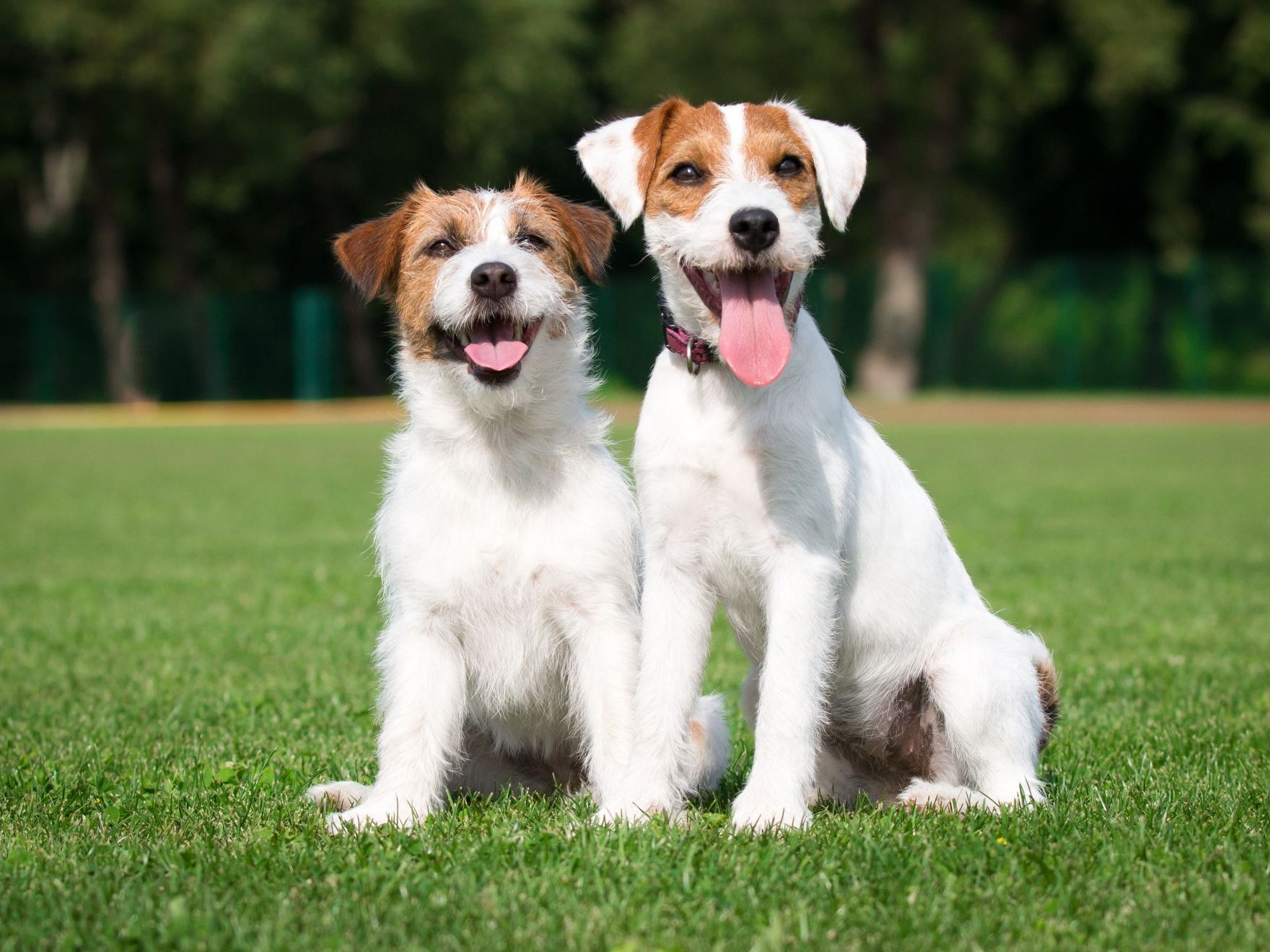
Why Should You Spay or Neuter Your Dog?
As a dog owner, your puppy’s health is your priority and there are many health and behavioral benefits to having your dog spayed or neutered—the process can increase your dog’s life expectancy by reducing the risk of certain tumors. It obviously prevents unwanted litters of puppies. The procedure can also turn some high-energy puppies into calmer companions. But it also comes with some consequences, most notably weight gain, and certainly affects their nutritional requirements. You’ll need to find out as much as possible about the procedure and make sure you’re fully prepared before you decide to schedule the operation.
Ask your vet for advice if you have any questions or concerns.
When Should Dogs Be Spayed or Neutered?
In Europe and the United States, puppies are usually spayed or neutered between six and nine months of age, when they start to display the first signs of sexuality: for female dogs that means their first heat cycles and the best age to neuter a male dog is considered to be when they first start to show interest in female dogs. This will vary from dog to dog and breed to breed. And at what age should a female dog be spayed? You may have heard that female dogs should be allowed a first litter of puppies, or a first heat cycle, before being spayed, but neither is necessary.
However, the exact timing may depend on the breed and size of your puppy—bigger dogs mature more slowly than smaller breeds. The optimal age for sterilisation may not be the same for a Jack Russell as it would be for a Great Dane. Your vet will give you personalized advice on any benefits of waiting to neuter your dog or if it is best to go ahead without delay.
In their first months, puppies should be taken to the vet several times for vaccinations and check-ups to ensure their healthy development, so you will have plenty of opportunities to discuss the details of spaying and neutering with your vet.
What are the Benefits of Spaying or Neutering Your Dog?
There are benefits to spaying your female dog or neutering your male puppy. While you make the final decision, your vet will be able to help you decide what is best for your dog (and for you).
Spaying a Female Dog
Stops their heat cycles (which otherwise last for three weeks every six months) and the restless behavior that can be associated with that process
Prevents unwanted litters of puppies which may end up in rescue centers
Reduces the risk of some tumors, including in the mammaries, ovaries and uterus, as well as uterine infections
Discourages male dogs bothering your female dog and marking (or urinating) around your garden when she is in heat
Neutering a Male Dog
Should cut down on fighting and aggressive behavior toward other dogs
Can reduce the number of other male dogs marking their territory in your garden
Reduces mounting behavior
Cuts the risk of your dog running away in search of a mate
Prevents unwanted litters and reduces the spread of sexually transmitted diseases
Reduces or even eliminates the risk of certain tumors, although there is some evidence of a greater risk of other conditions such as joint disorders and lymphoma
What Are The Benefits of Spaying and Neutering?
Whether your dog is male or female, spaying and neutering will take place under general anesthesia, which always comes with a slight risk.
For male dogs in particular, but also for female dogs, the biggest consequence associated with neutering or spaying is weight gain.
Obesity can lead to health problems for dogs, not to mention interfering with their quality of life. Spayed and neutered dogs’ metabolisms change and they tend to eat more, while their caloric needs reduce by more than 30%.
Changes can happen quickly so it’s important to be prepared with the right food for your newly spayed/neutered dog. Male or female, your dog will need your help to maintain a healthy weight for their long-term well-being after being spayed or neutered.
Three steps to help maintain your newly spayed/neutered dog’s health
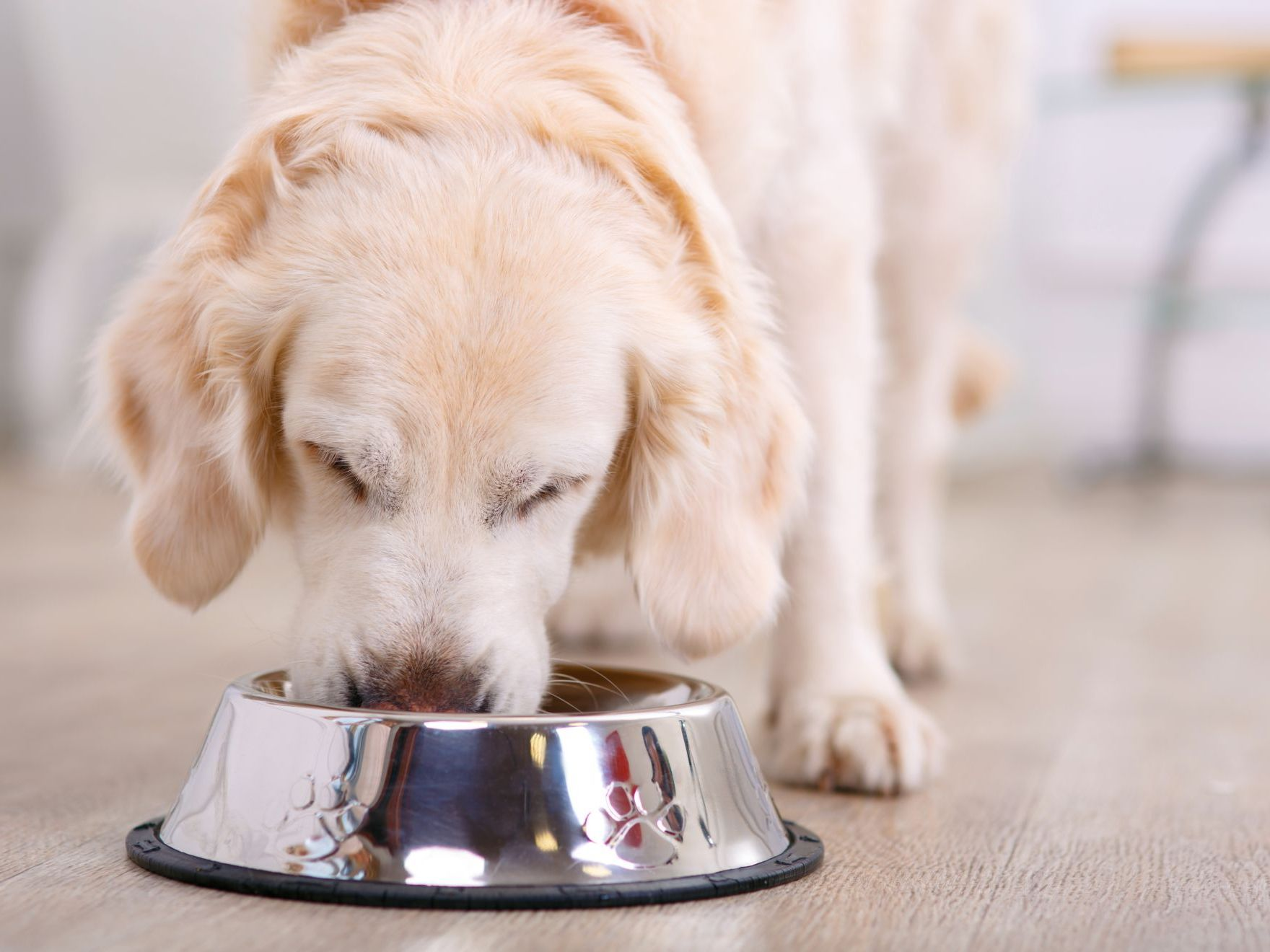
1. Diet
A specially developed food for spayed/neutered dogs—with less fat, more fiber for satiety, more protein to sustain muscle and L-carnitine, a substance that helps prevent the storing of fat—will help you maintain your dog’s health post-operation. You should start to feed your pet an appropriate food for spayed/neutered dogs as soon as possible after the operation, as excess weight can creep up quickly.
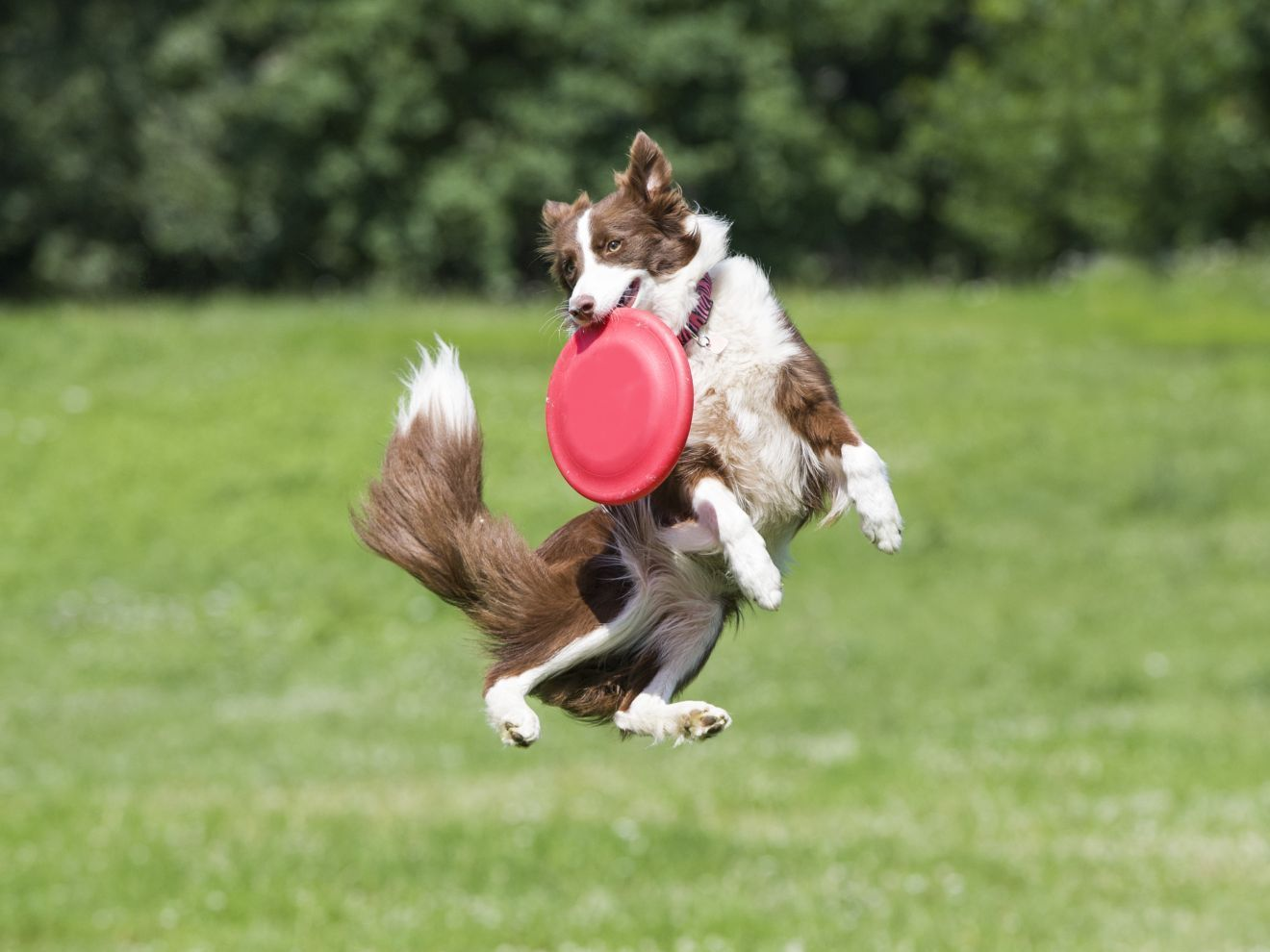
2. Exercise
Your dog is likely to feel drowsy in the days following the operation, but once they have recovered, maintaining or even increasing their physical activity will be vital for their health—and healthy weight.
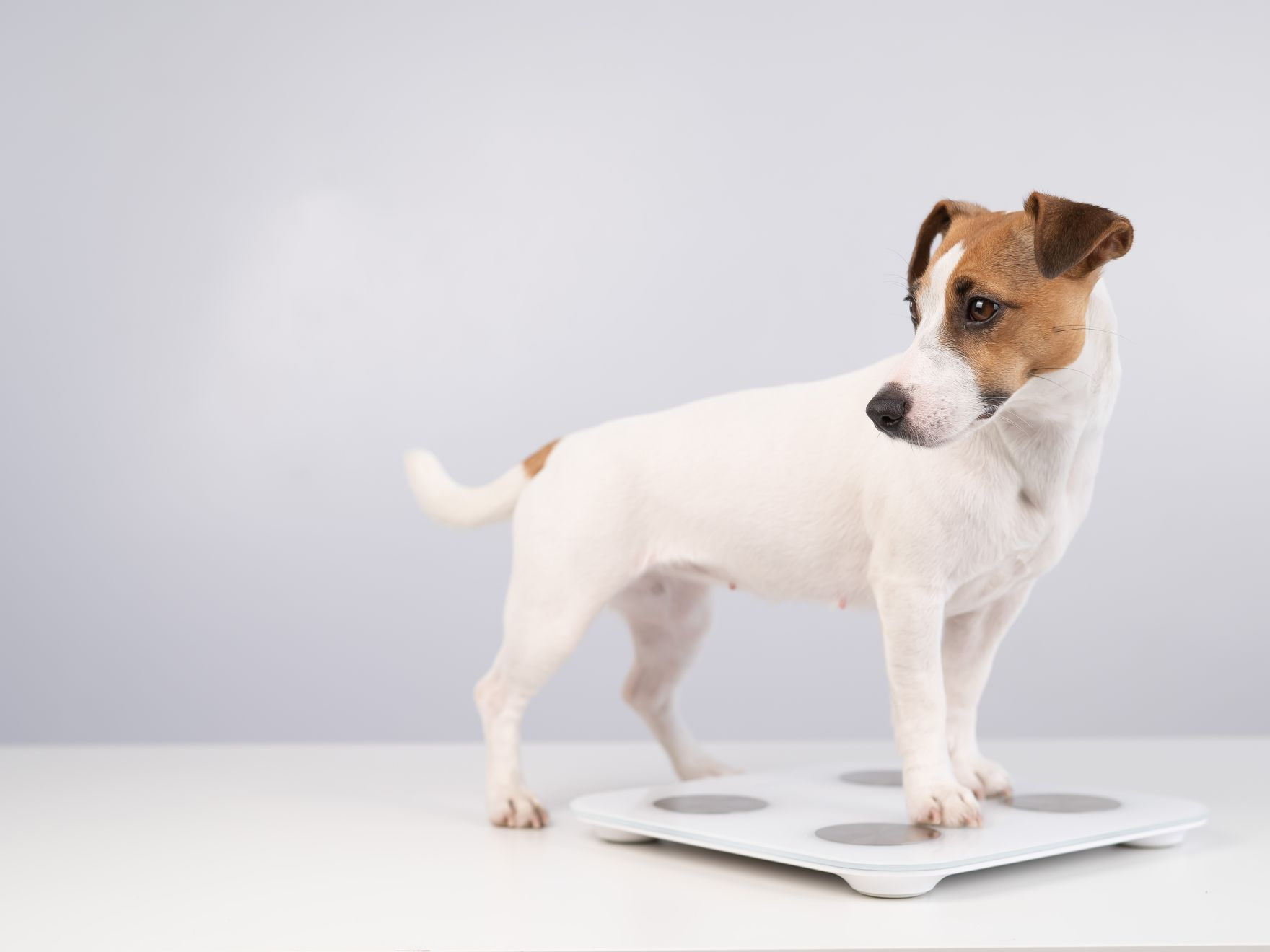
3. Monitoring
Keep a close eye on your dog’s weight to ensure they are not gaining too much. If you have any concerns, speak to your dog’s vet for advice. Your vet is your dog’s best ally for information and practical advice, and yours too.
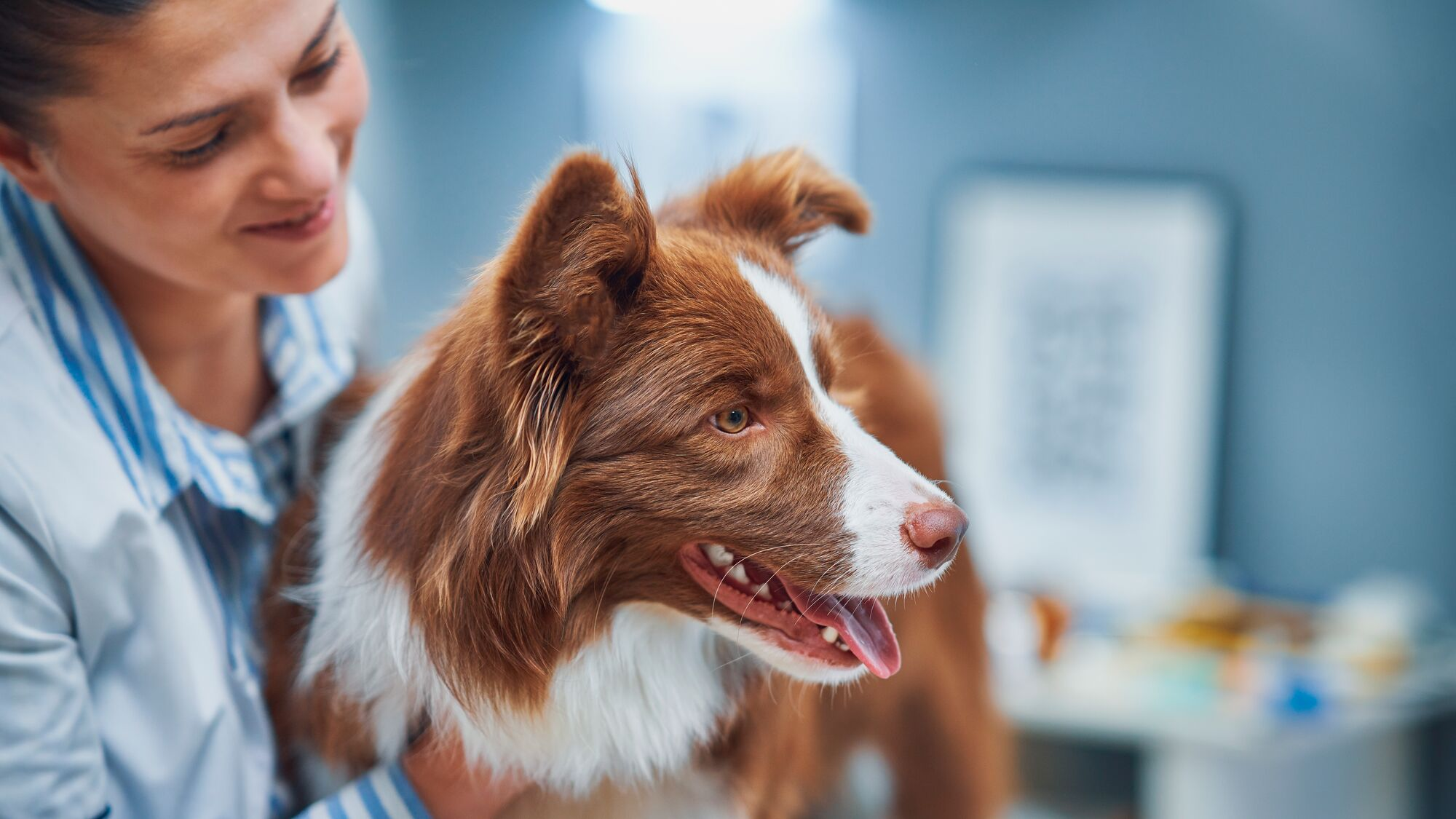
What You Need to Know About the Procedure
Spaying or neutering a dog is a common and straightforward procedure, but it’s a good idea to be prepared to make the day of the operation as stress-free as possible for you and your dog.
The operation will take place under general anesthetic. Make sure you schedule the procedure for a day when you will be free to take them to the vet in the morning and pick them up later in the day.
Your dog will need to avoid eating for some time before the procedure—ask your vet exactly when you should remove your dog’s food.
Once they wake up after the operation, your dog will probably be a little drowsy. Make sure they can rest in a calm, quiet environment at home for a few days to recover in peace. Your vet may provide you with a cone for your dog to wear to prevent them from licking or irritating the wound.
Your dog can eat or drink after the operation but don’t be surprised if they don’t have much of an appetite. Your vet will send you home with clear instructions on what your dog can eat and when.

What to Expect After Neutering or Spaying
The two months following the operation are a critical period for forming good habits and monitoring your pet’s progress—and their healthy growth.
Speak to your vet if you have questions about how spaying/neutering might change your dog’s behavior in the long-term. You may hear people say that male dogs can become more aggressive after neutering, but there is no clear evidence of this. In fact, neutered dogs are known to be calmer than intact canines. How long it takes for your dog's behavior to change after neutering depends on the individual. There is no reason to think that spaying a female dog should cause aggression or any other change in temperament.
Spaying or neutering your dog can bring many health benefits to your individual pet, and prevents even more unwanted puppies from ending up in shelters. But it’s still a big decision–ensure you consider all the factors before you make this important choice for your pet and for you.
Related Articles
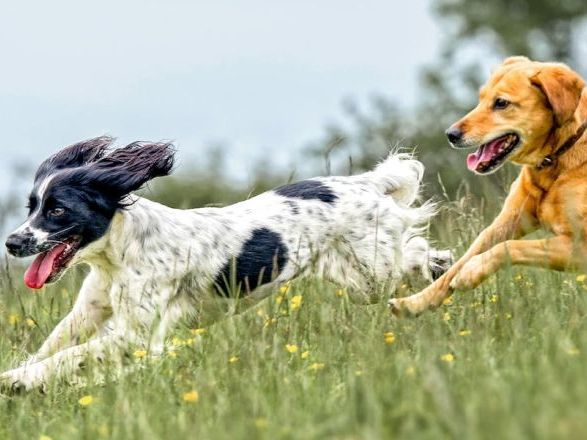
Health Risks of Obesity in Dogs
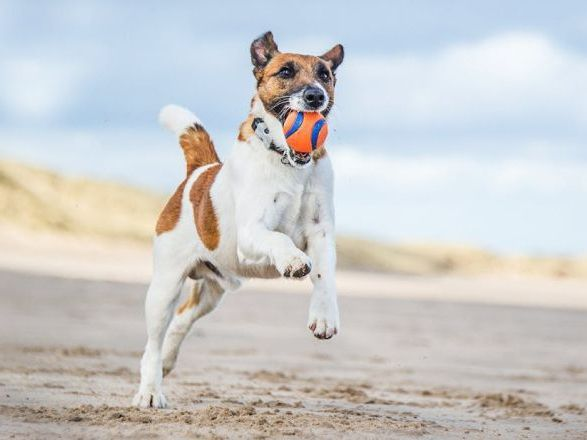
How to help your dog lose weight
Like & share this page